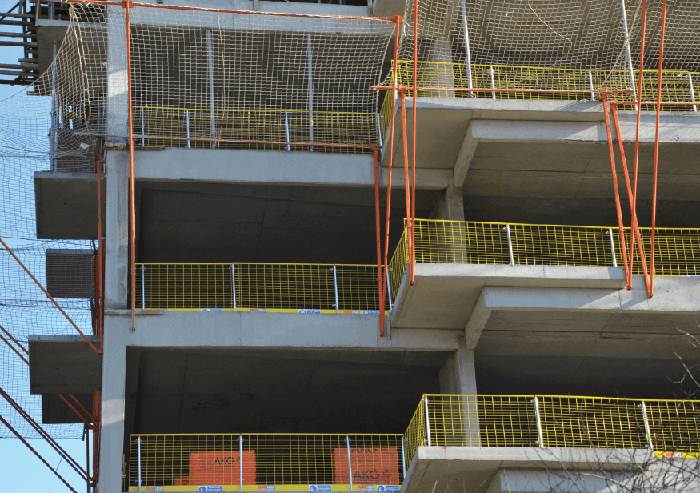The Importance of Construction Edge Protection
Construction Edge Protection
Whether working on a new construction project or renovating an existing building, there are always hazards that require safe work methods. One of the most common hazards is falls from heights, which can cause serious injuries and even death. The good news is that many of these accidents can be prevented by using appropriate edge protection for the site in question.
Specifically, edge protection systems are designed to secure building and construction edges, technical openings (such as elevators), roof edges, passageways and other areas where there is risk of falling from heights. They can provide a safe alternative to traditional guardrails, which are difficult to install and use and don’t offer much protection from falls.
These systems are designed to be quick and easy to install, so that workers can get on with their work more quickly. This is important because it reduces the amount of time that they are exposed to the danger of falling from a height, which can lead to safety violations and a loss of productivity for the project as a whole.
In addition to reducing the risks for workers, construction edge protection also helps to protect finishes from damage. This is particularly important when the project is taking place in an existing building or where a heritage site is involved. In these instances, it is vital that the finishes of the existing building are protected as much as possible so that they can remain in good condition for their lifespan.

The Importance of Construction Edge Protection
A number of different edge protection solutions exist for these situations, from non-penetrating guardrails to clamping systems. They can be used on a wide variety of buildings and roofs, including those with skylight openings or fragile roof surfaces. They can also be used to protect stairwells, balconies and working platforms.
As well as helping to improve worker safety, modern solutions are also designed to help reduce the costs associated with constructing high rise developments. For example, many of them have modular components that can be assembled quickly and easily. This can cut down on the amount of equipment needed to complete a specific task, which can save significant amounts of money on both labour and material costs.
Moreover, these systems can be installed without the need for welding, which reduces the risk of health and safety issues. As well as this, they can be installed in a wide variety of environments and are designed to accommodate most cladding styles. Furthermore, they can be customised to suit each site’s requirements by adding or removing components. This ensures that each system is perfect for the specific project in question. As a result, these systems can be highly cost effective for contractors who need to meet stringent European safety standards. This includes the requirement to have a full Safe Work Method Statement for any work above 2m.